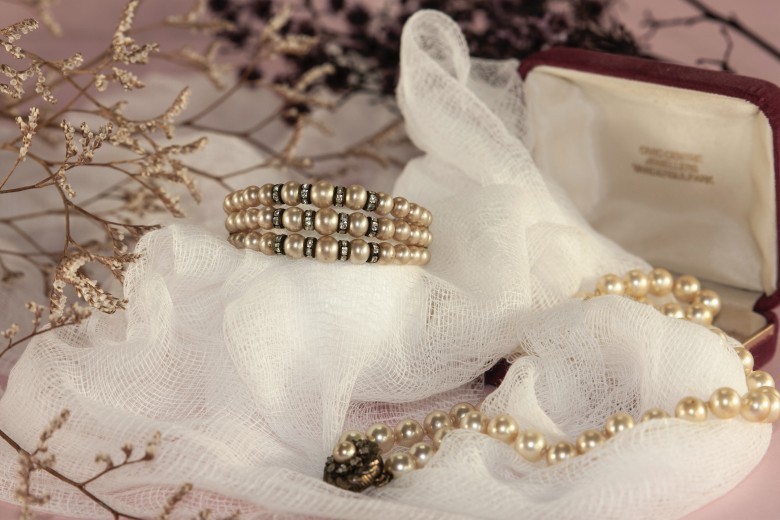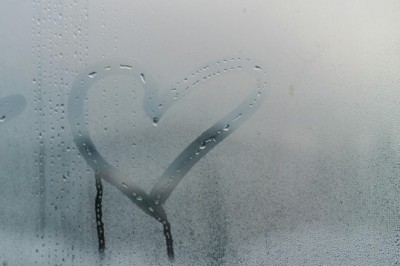views

Jewelry is more than just a mere accessory—certain pieces may be family heirlooms passed down through generations, some signify a special event like a wedding, and others are coveted jewels with exceptionally high financial value. Thus, it's no wonder many jewelry owners want to maintain the shine and luster of these prized pieces for as long as possible.
Unfortunately, the physical properties of jewelry, which are generally made from metals, gemstones, and other materials, make it susceptible to damage from a variety of environmental factors. Chief among these is temperature and humidity.
Exposure to extreme temperatures or high moisture levels can cause jewelry pieces to corrode, discolor, tarnish, weaken, or even crack. With that in mind, you must maintain the proper temperature and humidity levels of your jewelry storage. Otherwise, you risk damaging your beloved jewelry pieces for good!
Luckily, there are several simple steps you can take to prevent this from happening. But before we delve into those, let's take a closer look at how temperature and humidity can affect jewelry in the first place.
TEMPERATURE
Most people don't realize it, but temperature control is a significant factor when it comes to preserving jewelry. In fact, various metals react differently depending on the temperature they're exposed to.
For instance, gold, silver, and platinum become brittle in extremely cold temperatures. Meanwhile, extreme heat can cause them to warp or soften. This can greatly affect the structural integrity of your jewelry and even cause pieces to break apart.
Likewise, gemstones and other materials may also deteriorate due to temperature. In some cases, extreme temperatures can cause the color of certain gems to fade and diminish clarity, and it can even melt the adhesive that holds gems in place.
So to prevent these types of damage and ensure that your jewelry stays in pristine condition, it's essential to keep the temperature of your jewelry storage area between 50°F to 80°F (10°C to 27°C).
HUMIDITY
Humidity is the amount of moisture in the air and can range from dry to wet. While it may be hard to imagine, the truth is that excessive humidity can have just as much of an impact on jewelry as extreme temperatures.
High humidity levels (greater than 60%) can create an environment ideal for corrosion and tarnishing. This is because certain metals, such as gold and silver, are naturally attracted to water molecules in the air. So when there's excess moisture present, these metals tend to oxidize quickly, leading to discoloration and damage. Even worse, humidity can also cause gems to become cloudy or foggy due to condensation forming on their surface from extreme fluctuations in temperature.
On the other hand, extremely low humidity levels (less than 20%) can also cause jewelry to deteriorate, as dry air can cause gemstones to become brittle and crack due to dehydration. Additionally, low humidity levels can leave certain metals vulnerable to scratches or dents due to the lack of water molecules present in the air that would typically act as a buffer against impact.
To mitigate these risks of deterioration and preserve the look of your jewelry for years to come, it's important to keep the humidity levels in your storage area between 40-50%.
PRACTICAL WAYS TO CONTROL TEMPERATURE AND HUMIDITY
Now that you've gained a better understanding of the effects of temperature and humidity on jewelry let's explore some practical ways that you can take to maintain proper temperature and humidity levels in your jewelry storage space.
1. Invest in a dehumidifier.
Dehumidifiers can prevent your jewelry from absorbing moisture and protect it from damage, as they greatly reduce the amount of moisture in the air, especially if you live in an area with high humidity. Moreover, certain models come with features such as humidistat, which allow you to set a specific humidity level and maintain it automatically.
2. Utilize desiccants.
Desiccants such as silica gel can also help to absorb extra moisture in your jewelry storage space and keep it at optimal levels. To use it, simply place some of the small packets in your jewelry storage space—just make sure to replace them regularly as they become saturated.
3. Place jewelry in airtight containers.
Utilizing airtight storage containers or bags prevents moisture, air, and dirt from seeping in and causing damage to your jewelry pieces. In addition, these containers can also help maintain a consistent temperature regardless of the outside environment.
4. Store jewelry away from heat sources.
It's important to ensure your jewelry is stored away from any heat sources, such as radiators, ovens, and windows that get direct sunlight. Otherwise, this can create an environment where the temperature fluctuates too much and cause your pieces to corrode or wear down prematurely.
5. Monitor temperature and humidity levels regularly:
Finally, periodically checking your jewelry storage space's temperature and humidity levels is recommended. Consider using software to evaluate your HVAC system, investing in a temperature and humidity monitor, or tracking the trend with analog thermometers and hygrometers. It's also important to clean and inspect your jewelry regularly to ensure any problems are spotted early.
CONCLUSION
The temperature and humidity level of your jewelry storage space can significantly impact the longevity and beauty of your jewelry pieces. While it may be time-consuming and require effort and investment, protecting your jewelry from the elements is essential for successful long-term preservation.
So make sure to organize your jewelry and keep a close eye on these environmental factors and equip yourself with the right tools to ensure that your beloved pieces stay in pristine condition.























Comments
0 comment